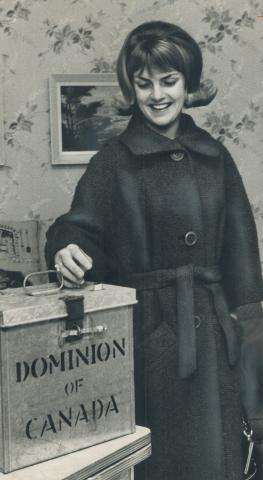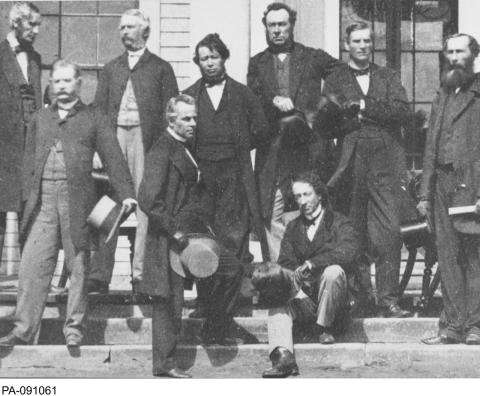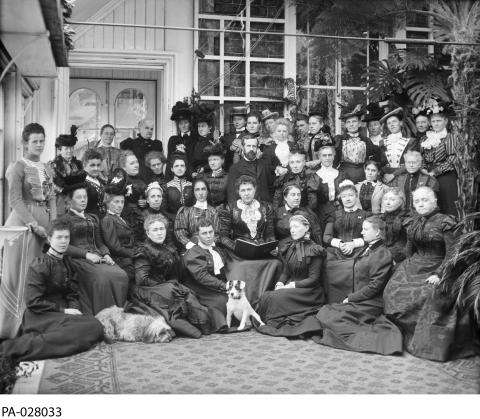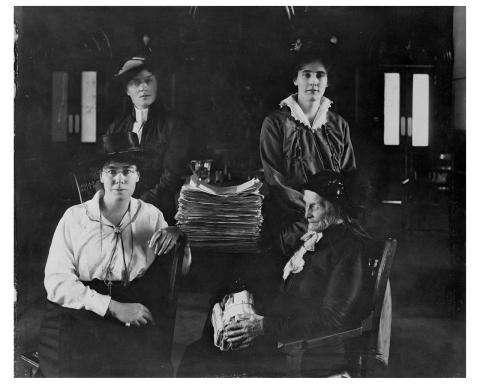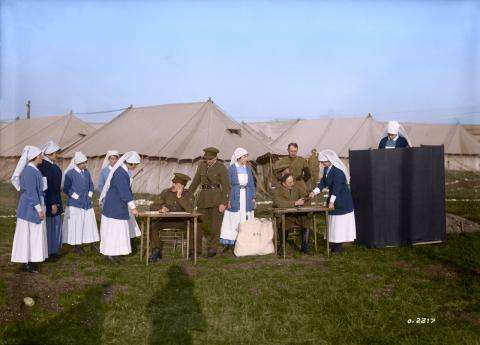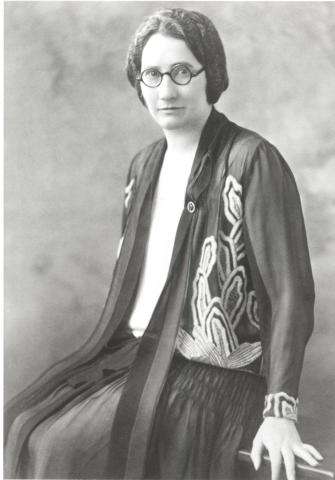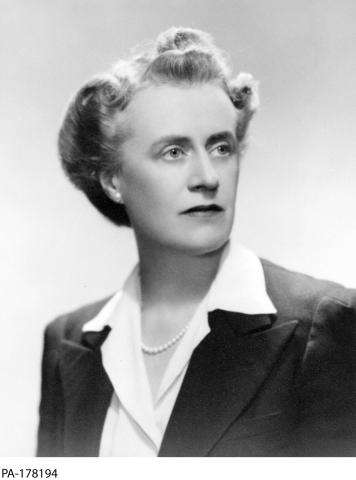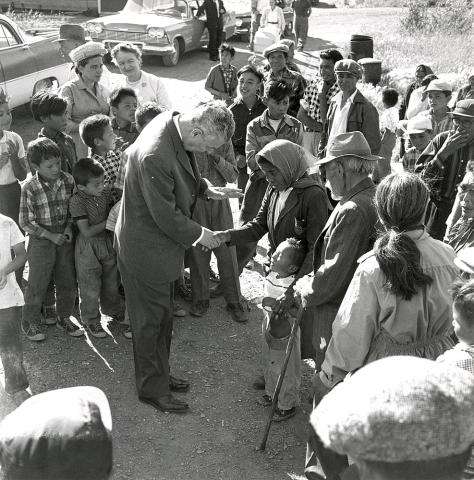Context card
| Context card | In 1867, only men could vote in elections. In the decades that followed, women formed groups to fight for equality and the right to vote. Women’s groups focused on getting the right to vote at the provincial level. The first successes came in 1916 when Manitoba, Saskatchewan and Alberta gave women the vote. Two years later, in 1918, the federal election law changed to give women the same voting rights as men. This did not mean that all women could vote in federal elections. Some women were still barred from voting for other reasons such as their racial background. It was not until many years later that all Canadian citizens got the right to vote in federal elections. |
|---|
Activity cards
| 1867 | At Confederation, you can vote only if you:
Women cannot vote in federal or provincial elections. |
|---|
| 1876 | The National Council of Women is created to fight for women’s right to vote. Women create similar groups across Canada. |
|---|
| 1916 | Manitoba is the first province in Canada to allow women to vote. Some women are still not allowed to vote for reasons other than their gender. Women in Manitoba took civic action to achieve this success. Over 40,000 people signed the final petition for women’s voting rights. |
|---|
| 1917 | During the First World War, these women are allowed to vote in federal elections:
In this photo, Canadian military nurses vote while serving in France. |
|---|
| 1918 | Canadian women win the right to vote in federal elections. Some women are still not allowed to vote for other reasons such as their racial background. One year later, they win the right to be a candidate for the House of Commons. Agnes Macphail is the first woman elected to Parliament, in 1921. |
|---|
| 1940 | Quebec gives women the right to vote in provincial elections. It is the last province to do so after opposing the idea for decades. It took the work of activists like Thérèse Casgrain to make this change. |
|---|
| 1960 | All First Nations people, women and men, are given the right to vote in federal elections. Before this, they could vote only if they gave up their Treaty rights and status. Here, Prime Minister John Diefenbaker greets a First Nations woman and child in Yellowknife. |
|---|
| 1993 | Kim Campbell becomes the first female prime minister of Canada. She takes over the position when the previous Prime Minister resigns. |
|---|


